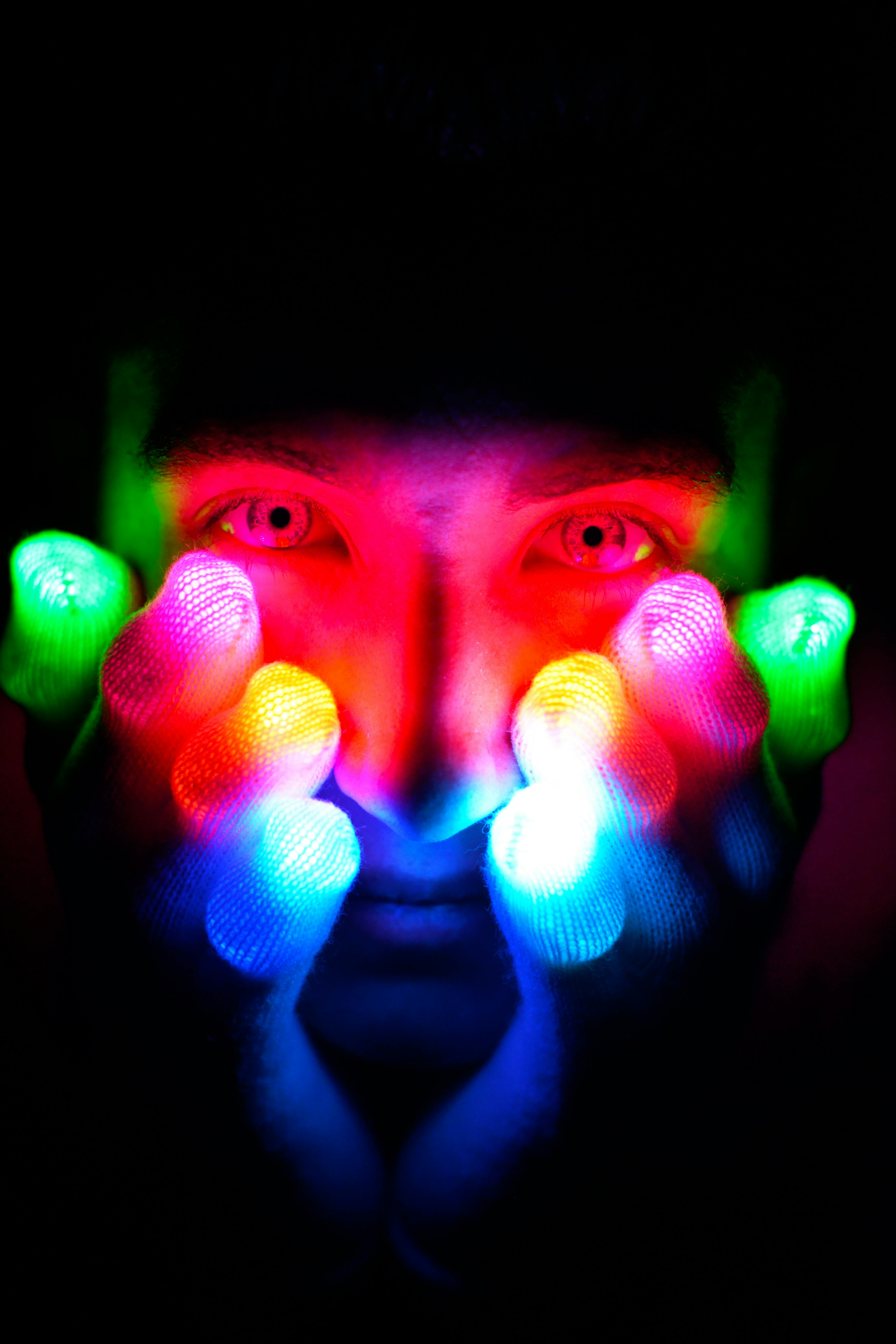Brighter, stretchier, and ready to glow
New research paper sheds light on development of mechanoluminescent platforms, with potential uses from safety kit to medical scanning

It’s Bonfire Night. You snap open a glowstick, give it a shake, and watch it burst into neon brilliance. Now imagine clothing that does the same – not just once, but every time you move, stretch, or bend. Imagine the Christmas jumpers!
Thanks to an exciting breakthrough in materials science, we’re closer to a glowing future, with possibilities far beyond a dazzling night out.
Scientists at the Department of Chemical Engineering and Biotechnology (CEB) in conjunction with Hanyang University and Daegu Gyeongbuk Institute of Science and Technology (DGIST) in Korea have been developing materials called mechanoluminescent platforms – think of them as a next-level version of glow-in-the-dark gadgets. These combine special glowing particles with stretchy polymers, ideal for materials that light up with movement.
But stretch them too far, and they dim or go dark. Not exactly what you want from your futuristic glow gear.
Their solution lies in a phenomenon called triboelectricity – an electric charge produced by friction (a bit like rubbing your socks on the carpet to zap someone). Researchers have now discovered how to boost this effect even under extreme stretching by using just the right polymer combinations.
No battery or power source in sight.
Professor Sam Stranks working on solar cell research. Credit: Nick Saffell
Professor Sam Stranks working on solar cell research. Credit: Nick Saffell
The team, led by visiting researcher Dr Hong In Jeong and Professor of Energy Materials and Optoelectronics Sam Stranks (CEB), tested combinations of polymers and light-emitting microparticles and found that materials like polybutylene adipate-co-terephthalate silane – a beautifully scientific tongue-twister – and polycarbonate silane worked well. These could stretch to more than double in size while shining brightly at 139 cd/m²; to put this in context, a brightly lit room would be the equivalent of around 250cd/m2.
Imagine the possibilities. Glow-in-the-dark sportswear that never fades, safety vests that shine reliably on the night shift, or even sensors that stay lit under heavy use. Beyond fun fashion, this technology could improve safety in dark or hazardous conditions immediately.
But the best bit? With these new insights, the scope of possibilities is only growing and has already sparked an early concept project to adapt the technology for medical scans such as ultrasounds.

